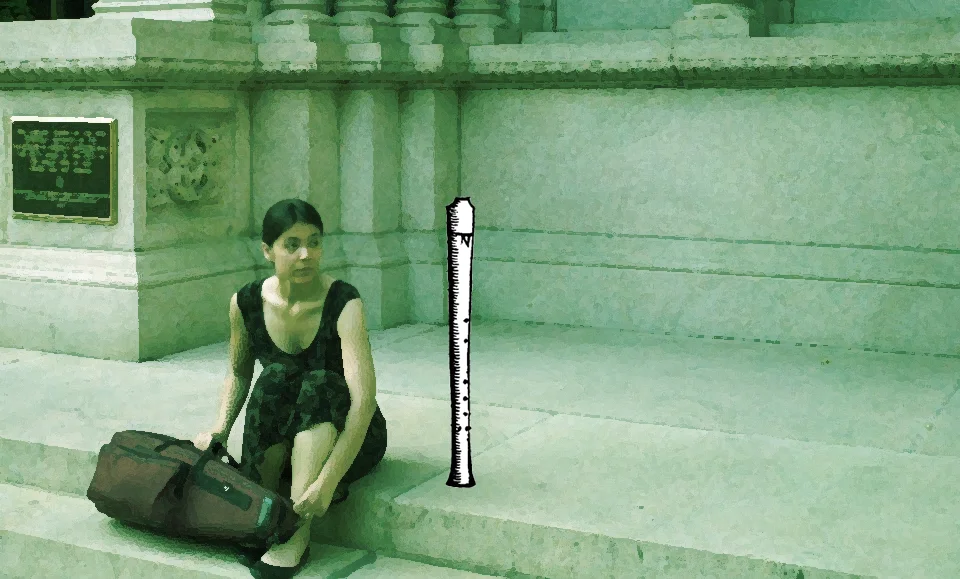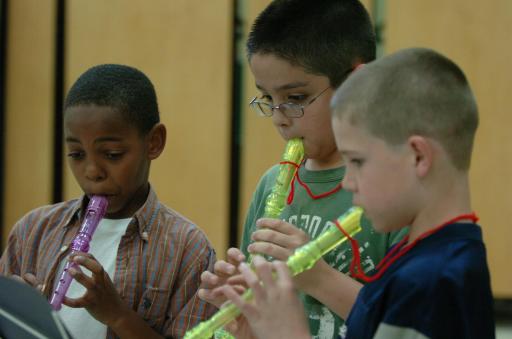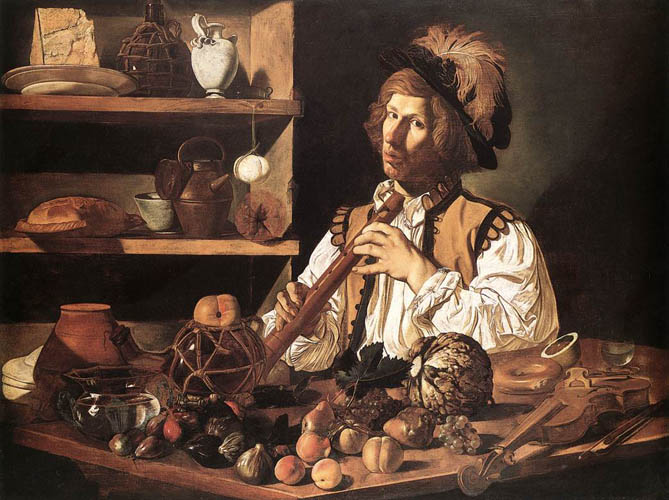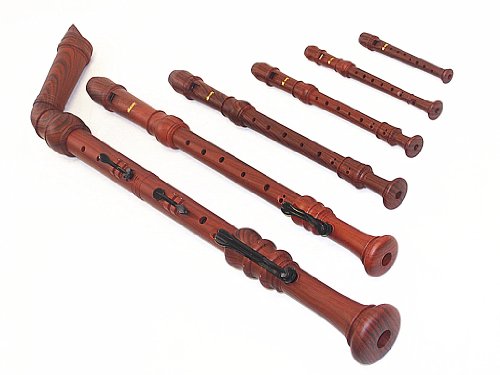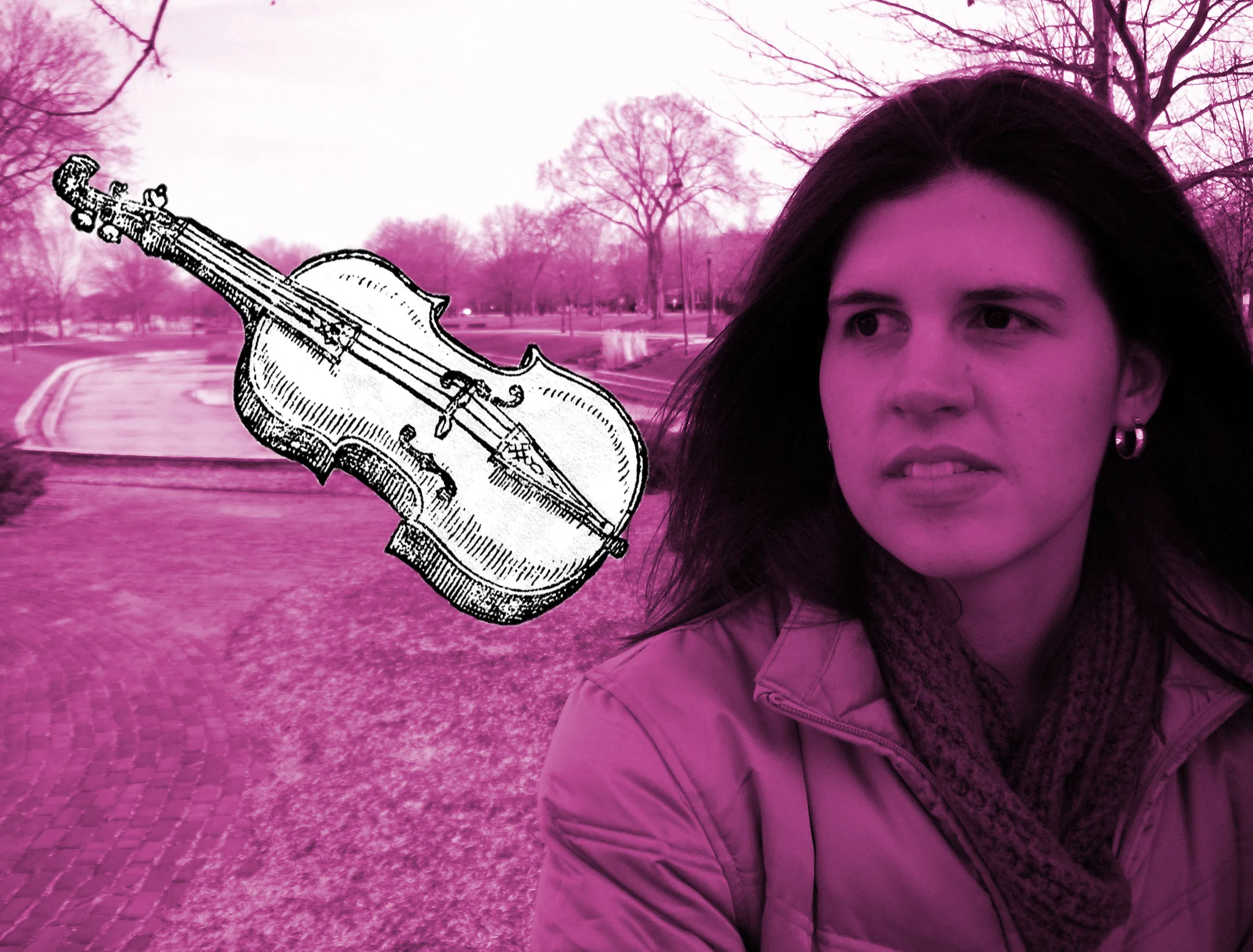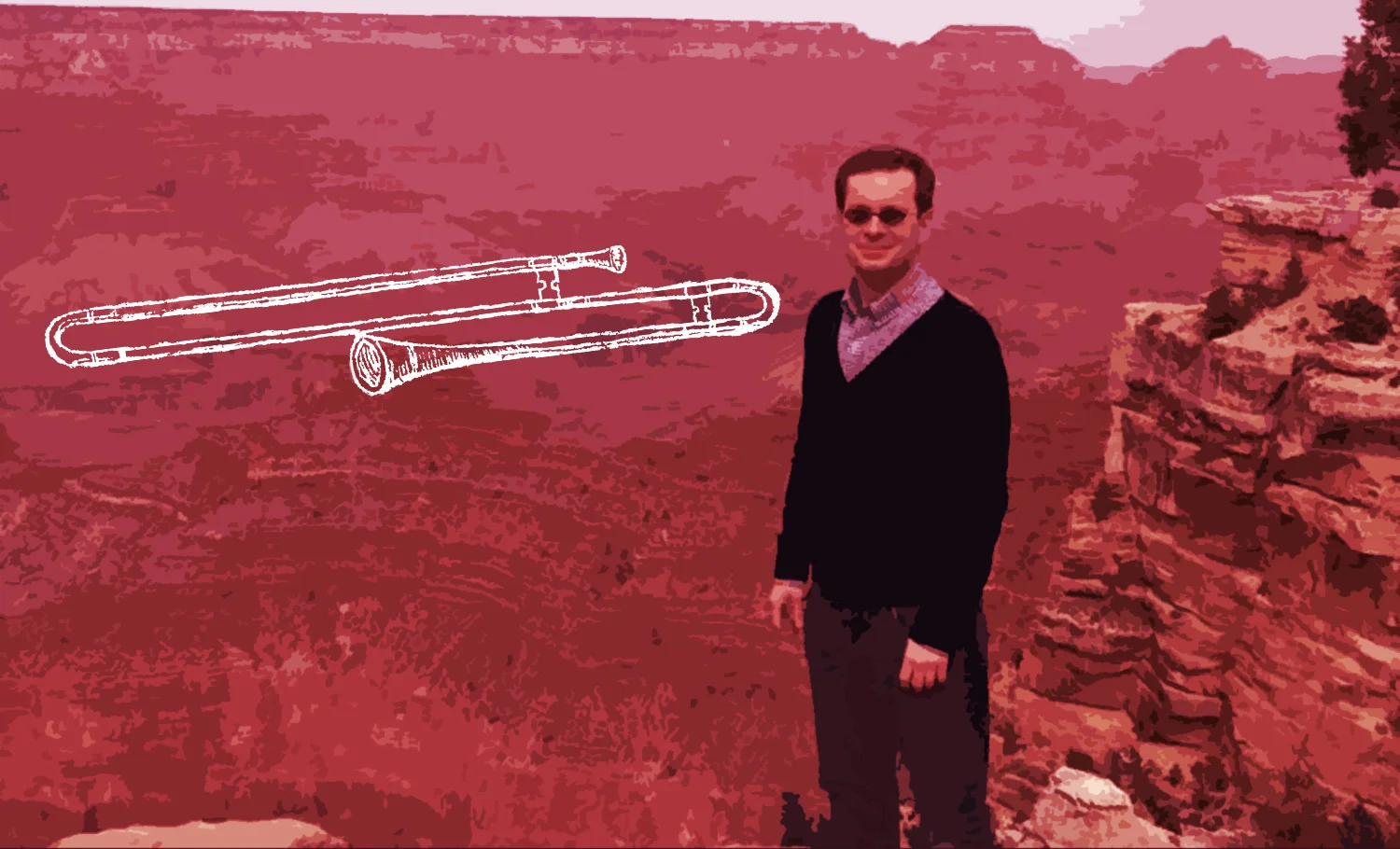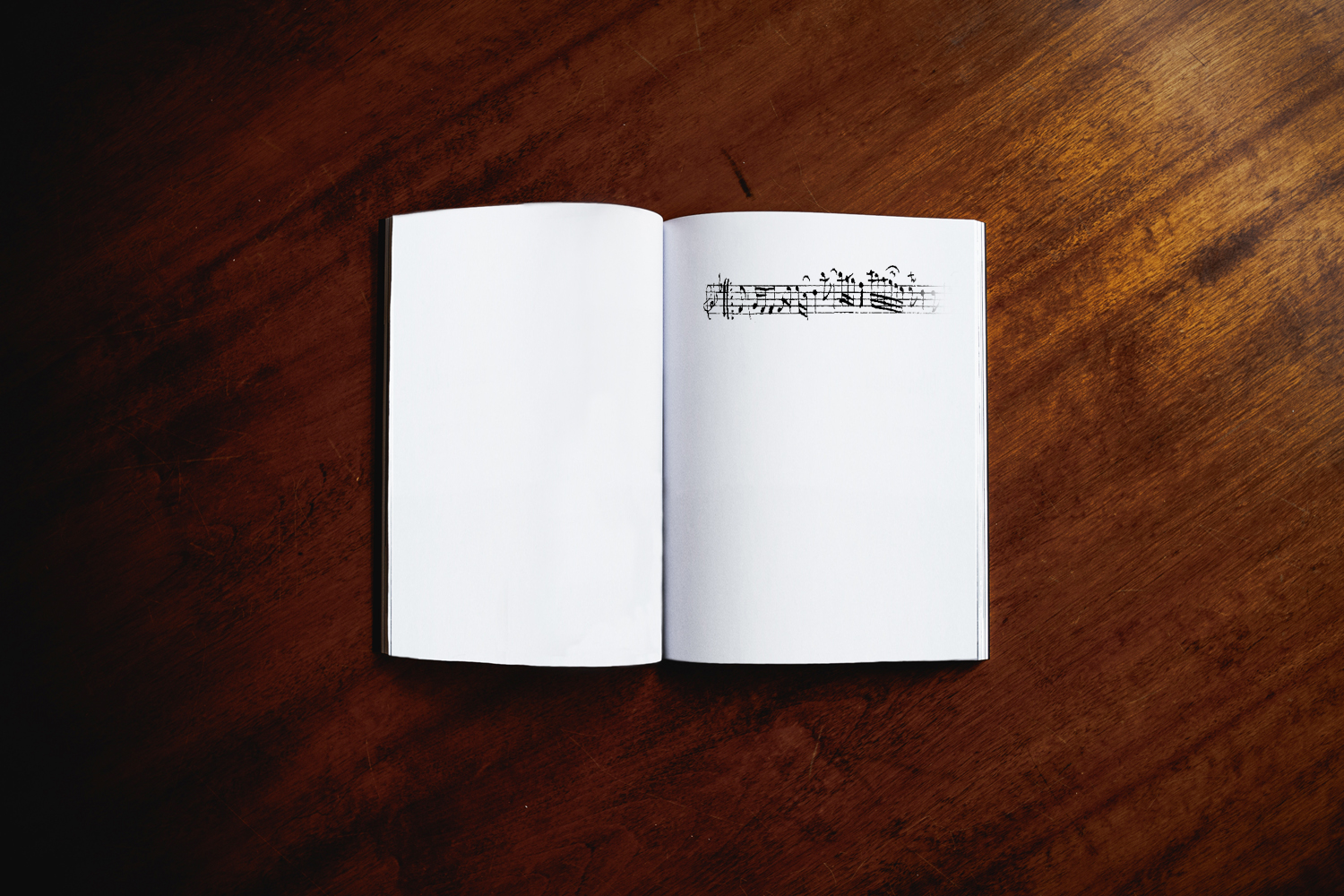It’s no secret that when people think of the recorder, they think of their 3rd grade music class full of at least 20 other kiddos each screeching on neon-colored plastic recorder. That sound is special - you can interpret that as you will. That sound is also extraordinarily deafening - It never ceases to amaze me the sheer volume of sound that can come out of such a small instrument made of such a brightly colored material.
But, as you probably guessed, the first recorder to appear in history was not made of neon plastic! The “grown-up” version can be traced as far back as the Middle Ages and was typically made of wood - as was the oboe, and the traverso, and the cornetto... do you see the "woodwind" name come into play now?
A member of the flute family, the recorder was often referred to the flauto douce or “sweet flute.” Like most other instruments, it has a family, or consort, of many sizes at different pitches. It's kind of like the instrumental version of a “My Big Fat Greek Wedding” family. What really separates it more from the flutes is it’s beak-like mouthpiece.
In the Renaissance era, it was expected that a recorder player had more than one instrument to choose from, and would have the knowledge to know which recorder fit best for each part. This takes a special kind of knowledge because not all recorders actually sound the pitch that’s printed on the page. Soprano and alto recorders tend to sound high - up an octave. Tenor recorders sound at a lower pitch and tend to also have a more mellow tone. In fact, one of the cool ways a performer can change timbre, or tone color, in a piece of music or next section would be to simply pick up a different recorder.
Our recorder player, Laura Osterlund, is of course armed with a whole artillery of recorders. For Chicago Stories, however, there were several factors to consider in choosing the right recorder:
- The pitch of the music. A lot of Baroque music sounded about a half-step lower than modern music sounds like today; a written C pitch on the staff would have sounded like the B right below it. Because wind instruments at this time were generally fixed, we had to decide which pitch we would play in. We agreed to A=415, which is that lowered half step. You're probably more familiar with the A-440, which you learned to sing from the tuning fork in 3rd grade music class. This decision narrowed down her arsenal to about half her collection.
- The affect of the music. As part of Eric’s Assyrian-inspired pieces, Laura and Eric had to consider the right sound needed that would best fit that Middle Eastern timbre.
- The range of the music. Setting the right tone and mood for the piece was also very critical, so how high and low the instrument could go was a big factor.
- The power of the instrument. Like the traverso, there is a big difference between notes as a player moves up and down a scale. Some notes blast out, while other notes sound more covered or muted. This would be similar between recorders, but the pitches on what that happen in a scale would be different depending on the instrument.
So, what did Laura and Eric choose? *drum roll please!* Laura will perform on the alto recorder for Chicago Stories. Yay, altos!
Here's a sneak pick at Laura's mad skills:
And just for fun, here are some other cool sounds the recorder can make:
CHICAGO STORIES BLOG
Join BBE Artistic Director, Brandi Berry, as she explores the instruments, people, and stories being the project through our blog series!
